Home>Interior Design>How To Clean A Couch And Keep It Looking Its Best
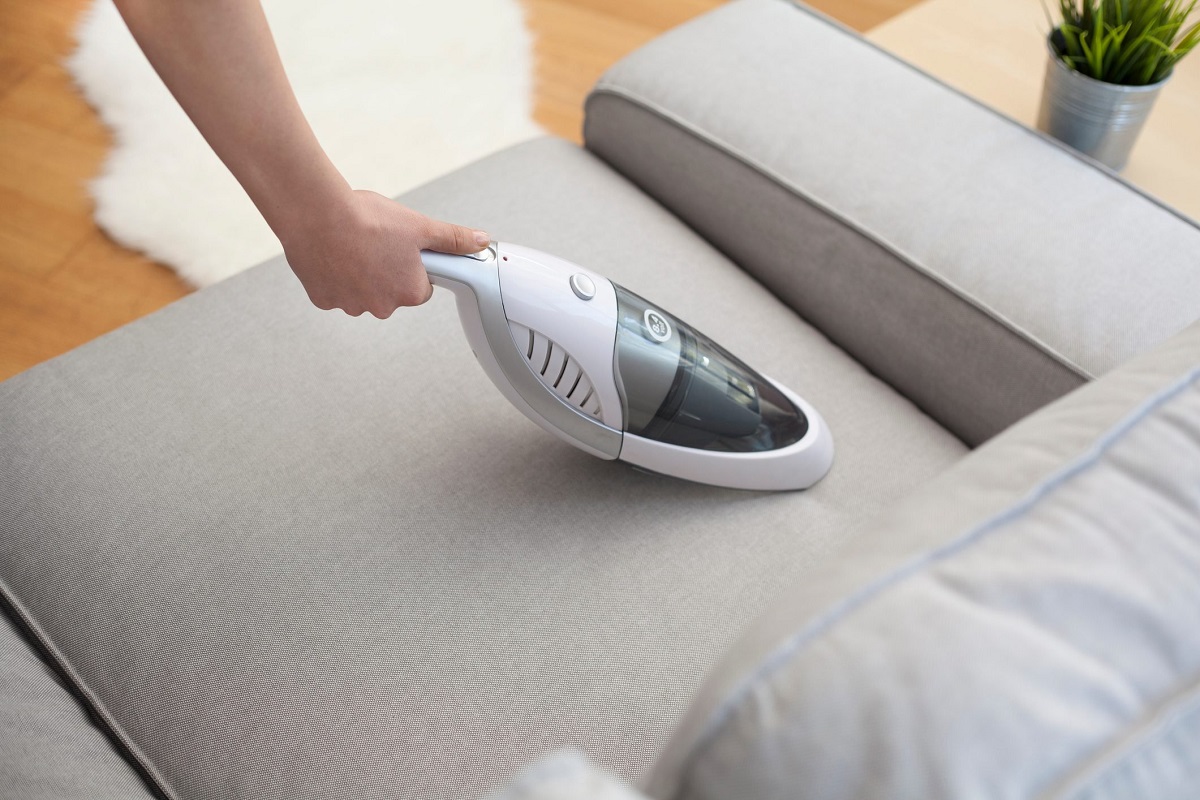

Interior Design
How To Clean A Couch And Keep It Looking Its Best
Modified: October 27, 2024
Learn how to clean your couch and maintain its pristine appearance with these expert interior design tips. Keep your furniture looking its best for years to come!
(Many of the links in this article redirect to a specific reviewed product. Your purchase of these products through affiliate links helps to generate commission for Storables.com, at no extra cost. Learn more)
Introduction
Welcome to our comprehensive guide on how to clean a couch and keep it looking its best. Your couch is not just a piece of furniture; it’s an essential part of your home that provides comfort and relaxation. Over time, your couch may accumulate dirt, stains, and odors, making it look worn and unattractive. However, with the right cleaning techniques and regular maintenance, you can restore your couch’s beauty and extend its lifespan.
In this article, we will walk you through a step-by-step process of cleaning your couch effectively. Whether you have a fabric, leather, or microfiber couch, we have got you covered. We will also share tips on deodorizing your couch and preventing future stains.
Before we begin, it is important to note that different couch materials require different cleaning methods. Always check the manufacturer’s instructions or consult a professional if you are unsure about the best approach for your specific couch.
Now, let’s dive into the exciting world of couch cleaning!
Key Takeaways:
- Regularly vacuum and spot treat stains to maintain your couch’s cleanliness and longevity. Follow manufacturer’s guidelines for specific materials to ensure proper care and maintenance.
- Implement preventive measures such as using protective covers and establishing “no food and drink” rules to minimize the risk of future stains and damage to your couch.
Step 1: Preparing for the cleaning process
Before you start cleaning your couch, it’s crucial to prepare the area and gather the necessary supplies. Here’s what you’ll need:
- Lint-free cloths or microfiber towels
- Bucket of warm water
- Correct cleaning solution for your couch material
- Vacuum cleaner with upholstery attachment
- Soft-bristle brush or toothbrush
- Protective gloves (if using harsh cleaning chemicals)
- Optional: plastic covers for your furniture legs
Once you have gathered all the supplies, follow these steps to prepare for the cleaning process:
- Clear the area around the couch: Remove any cushions, throw pillows, and blankets from the couch. Move any nearby furniture to create enough space to work comfortably.
- Dust and vacuum the area: Use a vacuum cleaner with an upholstery attachment to remove loose dirt and dust from the couch and the surrounding area. Pay attention to the crevices and the space between the cushions. This step will prevent dirt from spreading during the cleaning process.
- Check for colorfastness: Before applying any cleaning solution to your couch, it’s essential to check if the fabric is colorfast. Test a small, inconspicuous area of the couch by applying a small amount of cleaning solution or water and blotting it with a clean cloth. If the fabric color transfers onto the cloth, stop cleaning immediately and consult a professional.
- Protect the floor: Place plastic covers or towels on the floor around the couch to catch any spills or drips that may occur during the cleaning process.
- Read the manufacturer’s instructions: If you have access to the manufacturer’s instructions for your couch, take a few moments to review them. They may provide specific cleaning recommendations that are tailored to your couch’s material.
By properly preparing for the cleaning process, you set yourself up for success and ensure a more efficient and effective cleaning experience.
Step 2: Vacuuming the couch
Vacuuming your couch is an essential step in the cleaning process as it helps remove loose dirt, crumbs, pet hair, and other debris from the surface and crevices. Follow these steps to effectively vacuum your couch:
- Choose the right attachment: Use the upholstery attachment or a brush attachment on your vacuum cleaner. This attachment is designed to gently remove dirt without damaging the fabric.
- Start with the cushions: Remove the cushions from the couch and vacuum both sides, paying attention to the seams and corners. If your cushions have removable covers, take them off and vacuum them separately.
- Vacuum the base and arms: Attach the upholstery attachment and vacuum the base of the couch, including the arms and sides. Use a back-and-forth motion, overlapping each stroke to ensure thorough cleaning.
- Clean the crevices: Use the crevice tool on your vacuum cleaner to reach into the crevices and seams of the couch. Dust and debris tend to accumulate in these areas, so give them extra attention.
- Don’t forget the back: If your couch has removable cushions or is accessible from the back, vacuum the backside as well. This helps remove dirt and dust that may have accumulated over time.
While vacuuming, be gentle to avoid damaging the fabric. Take your time and pay attention to detail, ensuring you cover all surfaces and crevices. Remember to empty the vacuum cleaner’s bag or canister frequently to maintain optimal suction power.
Vacuuming your couch regularly, ideally once a week, will help prevent dirt and debris from becoming deeply embedded in the fabric. It’s a simple yet effective way to keep your couch looking clean and fresh.
Step 3: Treating stains and spots
Stains and spots can be a common concern when it comes to couch cleaning. Whether it’s spills, food stains, or pet accidents, addressing them promptly is essential to prevent permanent damage to your couch. Follow these steps to effectively treat stains and spots on your couch:
- Identify the type of stain: Different stains require different treatments, so it’s important to identify the type of stain before proceeding. Common types of stains include food and beverage stains, ink stains, grease stains, and pet stains.
- Blot the stain: As soon as you notice a fresh stain, act quickly by blotting it with a clean cloth or paper towel. Avoid rubbing the stain, as this can push it deeper into the fabric or spread it further.
- Test the cleaning solution: Before applying any cleaning solution to the stain, test it on a small, inconspicuous area of the couch to check for colorfastness and any adverse reactions. If the fabric reacts negatively, try a different cleaning solution or consult a professional.
- Apply the appropriate cleaning solution: Depending on the type of stain, apply the appropriate cleaning solution. For example, for food or beverage stains, a mixture of mild dish soap and warm water can be effective. For ink stains, you may need a specialized ink remover. Always follow the manufacturer’s instructions when using cleaning products.
- Gently scrub the stained area: Using a soft-bristle brush or a clean cloth, gently scrub the stained area in a circular motion. Be careful not to scrub too hard, as this can damage the fabric. Continue scrubbing until the stain starts to fade.
- Blot the area again: Once you have scrubbed the stain, blot the area with a clean, damp cloth to remove the cleaning solution and any remaining residue.
- Dry the area: Allow the treated area to air dry completely before using the couch. Avoid direct heat sources, as they can cause the fabric to shrink or warp.
If the stain persists or you are unsure about the best approach, it’s always best to seek professional help. They have specialized tools and knowledge to tackle stubborn stains and ensure the best possible outcome without causing further damage to your couch.
Treating stains and spots promptly not only keeps your couch looking its best but also helps maintain its longevity. Regularly inspect your couch for any stains or spots and address them immediately for the best results.
Step 4: Deep cleaning methods
While regular vacuuming and spot cleaning can help maintain the cleanliness of your couch, deep cleaning is necessary to remove embedded dirt, grime, and odors that may have accumulated over time. Here are a few effective deep cleaning methods:
- Steam cleaning: Steam cleaning is an excellent method for deep cleaning your couch. It involves using a steam cleaner or a professional upholstery cleaner to apply hot water and steam to the fabric. The steam loosens dirt and kills bacteria, leaving your couch refreshed and clean. Follow the manufacturer’s instructions when using a steam cleaner and always test a small, inconspicuous area first.
- Professional cleaning: Hiring a professional upholstery cleaning service is another option for deep cleaning your couch. Professional cleaners have the tools, equipment, and expertise to remove tough stains and deeply embedded dirt. They often use specialized cleaning solutions and techniques tailored to your specific couch material.
- Dry cleaning: Some couches, especially those made of delicate fabrics, may require dry cleaning. Dry cleaning involves using solvents to remove stains and dirt without using water. It’s important to follow the manufacturer’s recommendations and hire a professional dry cleaner who specializes in upholstery.
When using deep cleaning methods, it’s crucial to follow the instructions carefully and make sure the couch fabric is compatible with the chosen method. If unsure, consult a professional to avoid potential damage to your couch.
Keep in mind that deep cleaning your couch should be done periodically, typically every 1-2 years, depending on usage and your household’s specific needs. Regular maintenance and spot cleaning between deep cleanings will help extend the time between these more intensive cleaning sessions.
By incorporating deep cleaning methods into your couch maintenance routine, you can ensure that your couch remains fresh, hygienic, and looking its best for years to come.
Step 5: Cleaning different types of couch materials
Not all couch materials are the same, and each requires unique cleaning methods to ensure optimal results. Whether you have a fabric, leather, or microfiber couch, follow these guidelines for cleaning different types of couch materials:
Fabric Couch
When cleaning a fabric couch, it’s important to check the manufacturer’s recommendations and any cleaning codes provided. Here are general steps you can follow:
- Vacuum and remove loose debris from the couch.
- Test a small, hidden area of the fabric to ensure the cleaning solution does not cause discoloration or damage.
- Follow the appropriate cleaning code for your specific fabric:
- W: Use water-based cleaning solutions or mild detergent.
- S: Use dry-cleaning solvents or mild water-free cleaning agents.
- SW: You can use both water-based cleaners and dry-cleaning solvents.
- X: Vacuum only. It’s best to seek professional help for cleaning.
- Apply the appropriate cleaning solution and gently scrub the fabric in a circular motion.
- Rinse the area with a clean, damp cloth and blot any excess moisture.
- Allow the couch to air dry completely before using it again.
Leather Couch
Cleaning a leather couch requires a gentle touch to avoid damaging the material. Here’s how to clean a leather couch:
- Dust the couch with a soft cloth or vacuum with a soft brush attachment.
- Prepare a solution of mild soap and water or use a leather cleaner recommended by the manufacturer.
- Dampen a clean cloth with the solution and gently wipe the leather surface, making sure to remove any stains or spills.
- Rinse the cloth and wipe off any soapy residue from the leather.
- Apply a leather conditioner to moisturize and protect the leather. Follow the manufacturer’s instructions for application.
- Buff the leather with a clean, dry cloth to restore shine.
Microfiber Couch
Microfiber couches are known for their softness and durability. To clean a microfiber couch:
- Vacuum the couch to remove any loose dirt or debris.
- Identify any stains or spots and treat them with a mild soap and water solution or a specialized microfiber cleaner.
- Gently scrub the stained area with a soft-bristle brush or sponge.
- Rinse the area with clean water and a clean cloth or sponge.
- Allow the couch to air dry, and brush the microfiber fabric with a soft brush to restore its fluffy texture.
Remember, these are general guidelines, and it’s essential to check the manufacturer’s recommendations for your specific couch material. If you’re unsure or dealing with tough stains, it’s best to consult a professional to ensure the proper care and cleaning of your couch.
Step 6: Regular maintenance tips
Maintaining the cleanliness and condition of your couch requires regular care and attention. By following these maintenance tips, you can help preserve the appearance and longevity of your couch:
- Remove loose debris: Vacuum your couch regularly with an upholstery attachment to remove loose dirt, crumbs, and pet hair. Pay special attention to the crevices and areas between cushions.
- Rotate cushions: To promote even wear and minimize indentations, rotate the cushions of your couch periodically. This helps distribute the weight and prevents excessive wear on specific areas.
- Fluff and reshape cushions: Give your cushions a good fluff and reshape them regularly to maintain their plumpness and appearance. This helps prevent sagging and keeps your couch looking inviting.
- Avoid direct sunlight: Prolonged exposure to direct sunlight can cause fading and damage to your couch fabric or leather. Place your couch away from direct sunlight or use curtains or blinds to protect it.
- Use protective covers: If you have pets, young children, or anticipate spills, consider using protective covers on your couch. These covers can be easily removed and washed, providing an extra layer of defense against stains and wear.
- Address spills immediately: Accidents happen, so it’s crucial to act quickly when spills occur. Blot the spill immediately with a clean cloth or paper towel to absorb as much liquid as possible. Then follow the appropriate cleaning techniques for removing specific stains.
- Keep pets off the couch: If possible, train your pets to stay off the couch to minimize the build-up of pet hair, dander, and potential stains. Provide your pets with their designated space where they can relax comfortably.
- Avoid eating on the couch: Eating on the couch increases the risk of spills, crumbs, and stains. Try to enjoy your meals at the dining table or in designated eating areas to prevent accidental damage to your couch.
- Follow the care instructions: Always refer to the manufacturer’s care instructions for your specific couch. These instructions provide valuable information on how to clean, maintain, and protect your couch properly.
By incorporating these regular maintenance tips into your routine, you can preserve the beauty and longevity of your couch, keeping it in tip-top shape for years of enjoyment.
Vacuum your couch regularly to remove dust and debris. Use a fabric cleaner or a mixture of water and mild detergent to spot clean any stains. Rotate and fluff cushions to maintain their shape and appearance.
Step 7: Deodorizing the couch
Over time, your couch may develop odors due to daily use, pet odors, spills, or other factors. Deodorizing your couch is a crucial step in keeping it smelling fresh and inviting. Here are some effective methods for deodorizing your couch:
- Baking soda: Baking soda is a natural deodorizer that can help absorb odors from your couch fabric. Sprinkle a generous amount of baking soda over the entire surface of your couch and let it sit for at least 20 minutes to an hour. Then, use a vacuum cleaner with an upholstery attachment to remove the baking soda.
- White vinegar: White vinegar is also known for its deodorizing properties. Fill a spray bottle with equal parts water and white vinegar. Lightly mist your couch, focusing on areas with strong odors. Let it air dry, and the vinegar smell will dissipate, along with other unpleasant odors.
- Charcoal: Charcoal is an excellent odor absorber. Place a few charcoal briquettes or a small bowl of activated charcoal on your couch and leave it overnight. The charcoal will help absorb and neutralize any lingering odors.
- Essential oils: Add a few drops of your favorite essential oil to a spray bottle filled with water. Lightly mist your couch, focusing on areas where odors are more noticeable. The pleasant aroma of the essential oil will help mask any unwanted smells.
- Air circulation: Proper air circulation can go a long way in preventing and eliminating odors. Open windows, use fans, or run air purifiers to improve air circulation in the room where your couch is located. This helps remove stale air and keep your couch smelling fresh.
It’s important to note that these deodorizing methods are best suited for fabric couches. For leather or microfiber couches, it’s recommended to consult the manufacturer’s instructions or seek professional advice on the most suitable deodorizing methods.
By incorporating regular deodorizing practices into your couch maintenance routine, you can ensure a pleasant and inviting ambiance in your living space.
Step 8: Tips for preventing future stains
Prevention is key when it comes to keeping your couch looking pristine and avoiding future stains. By implementing these tips, you can minimize the risk of spills and stains on your couch:
- Establish “no food and drink” rule: Encourage family members and guests to enjoy their meals and beverages in areas away from the couch. Creating a designated eating space, such as a dining table, helps prevent accidental spills and stains.
- Use protective covers: Consider using protective covers or throws on your couch, especially if you have small children or pets. These covers can be removed and washed easily, providing an additional layer of protection against spills and stains.
- Be cautious with pets: Train your pets to stay off the couch if possible. Provide them with their own comfortable resting areas or pet-friendly furniture to minimize the risk of pet-related stains, hair, and odor on your couch.
- Keep cleaning supplies handy: Have a small cleaning kit readily available for quick stain treatments. Include items such as stain removers, clean cloths, and paper towels. This allows you to tackle stains promptly and prevent them from setting in.
- Regularly clean and maintain upholstery: Regularly vacuum and clean your couch according to the manufacturer’s recommendations to remove dirt, dust, and potential staining agents. This helps maintain the overall cleanliness and appearance of your couch, reducing the chances of deep-seated stains.
- Be mindful of sharp objects: Be cautious with sharp objects like keys, pens, or scissors near your couch. Accidental punctures or cuts can damage the fabric or leather, leading to stains or tears.
- Promptly address spills and stains: Act quickly and address spills and stains as soon as they occur. Blot the area gently with a clean cloth or paper towel to absorb the liquid and prevent it from seeping deeper into the fabric.
- Avoid harsh cleaning agents: Use mild cleaning solutions that are appropriate for your specific couch material. Harsh chemicals can bleach or damage the fabric, causing discoloration or weakening the fibers.
By implementing these preventive measures, you can maintain the cleanliness and appearance of your couch, minimizing the risk of future stains and ensuring its longevity.
Conclusion
Keeping your couch clean and looking its best doesn’t have to be a daunting task. By following the steps and tips outlined in this comprehensive guide, you can effectively clean and maintain your couch, regardless of its material.
From preparing for the cleaning process to vacuuming, treating stains, and deep cleaning, each step plays a crucial role in maintaining the cleanliness and longevity of your couch. Regular maintenance, such as rotating cushions, avoiding direct sunlight, and immediate stain treatment, helps prevent future stains and damage.
Remember, different couch materials require different cleaning methods. Whether you have a fabric, leather, or microfiber couch, familiarize yourself with the manufacturer’s recommendations and cleaning codes to ensure you use the appropriate cleaning solutions and techniques.
Lastly, implementing preventive measures like establishing “no food and drink” rules, using protective covers, and being cautious with sharp objects can minimize the risk of spills, stains, and damage.
By taking care of your couch and incorporating these cleaning and maintenance practices into your routine, you can enjoy a clean, fresh, and inviting couch for years to come. So go ahead, put these tips into action, and let your couch shine!
Frequently Asked Questions about How To Clean A Couch And Keep It Looking Its Best
Was this page helpful?
At Storables.com, we guarantee accurate and reliable information. Our content, validated by Expert Board Contributors, is crafted following stringent Editorial Policies. We're committed to providing you with well-researched, expert-backed insights for all your informational needs.
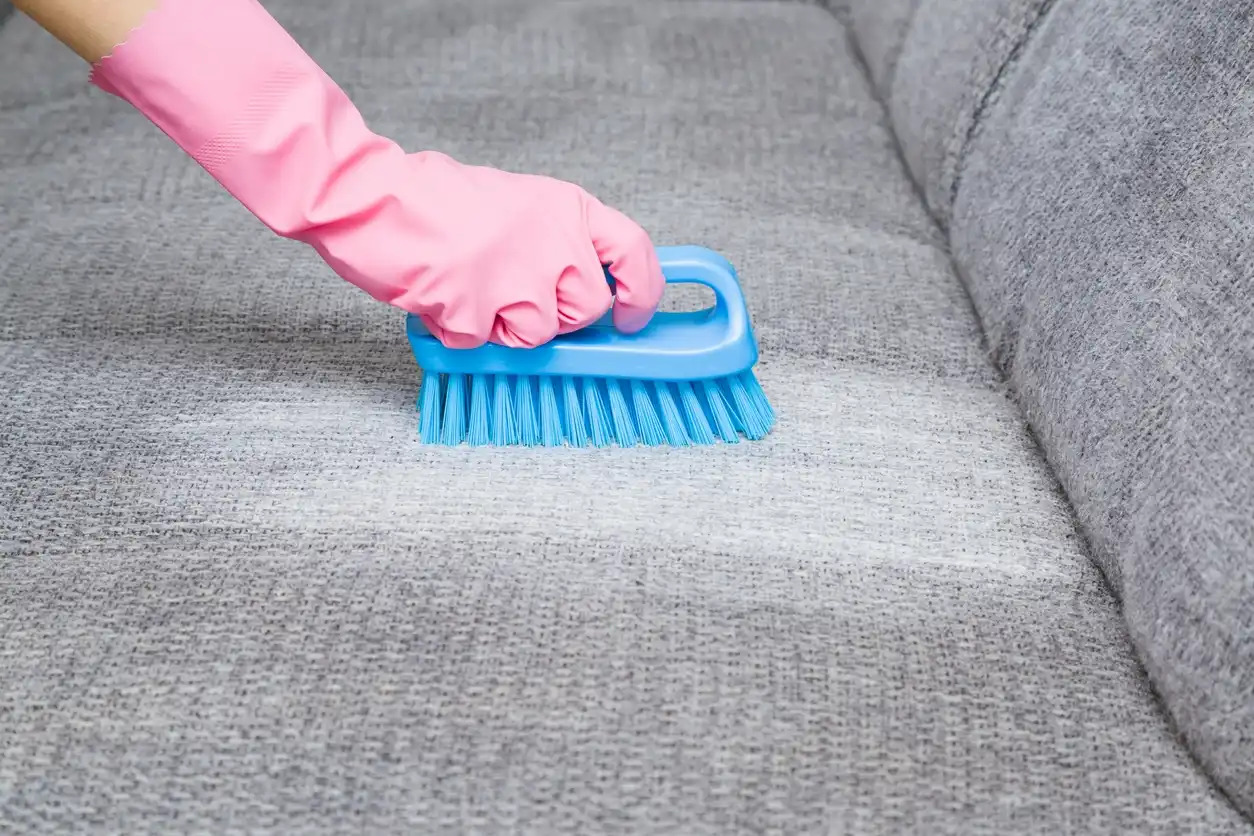
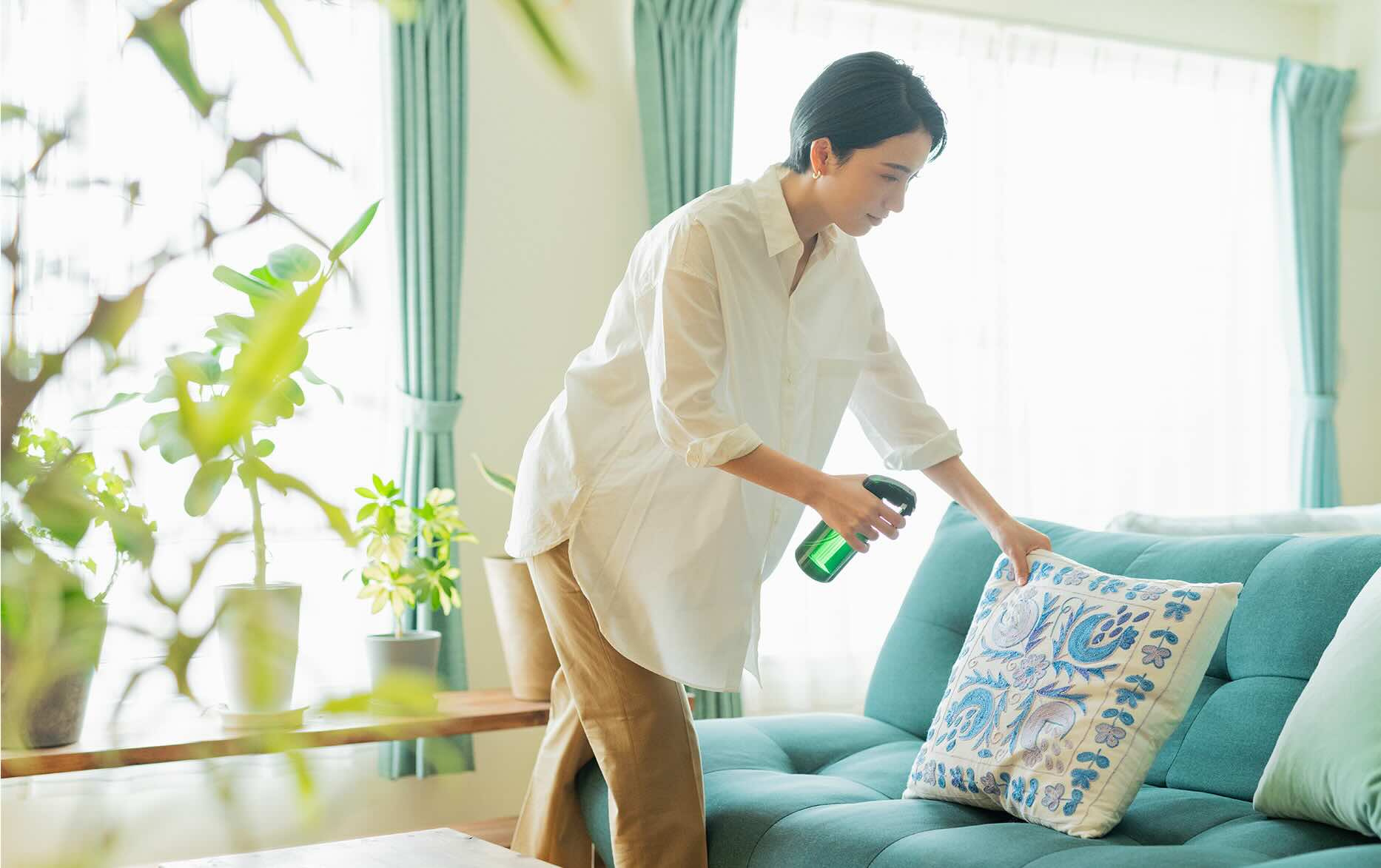

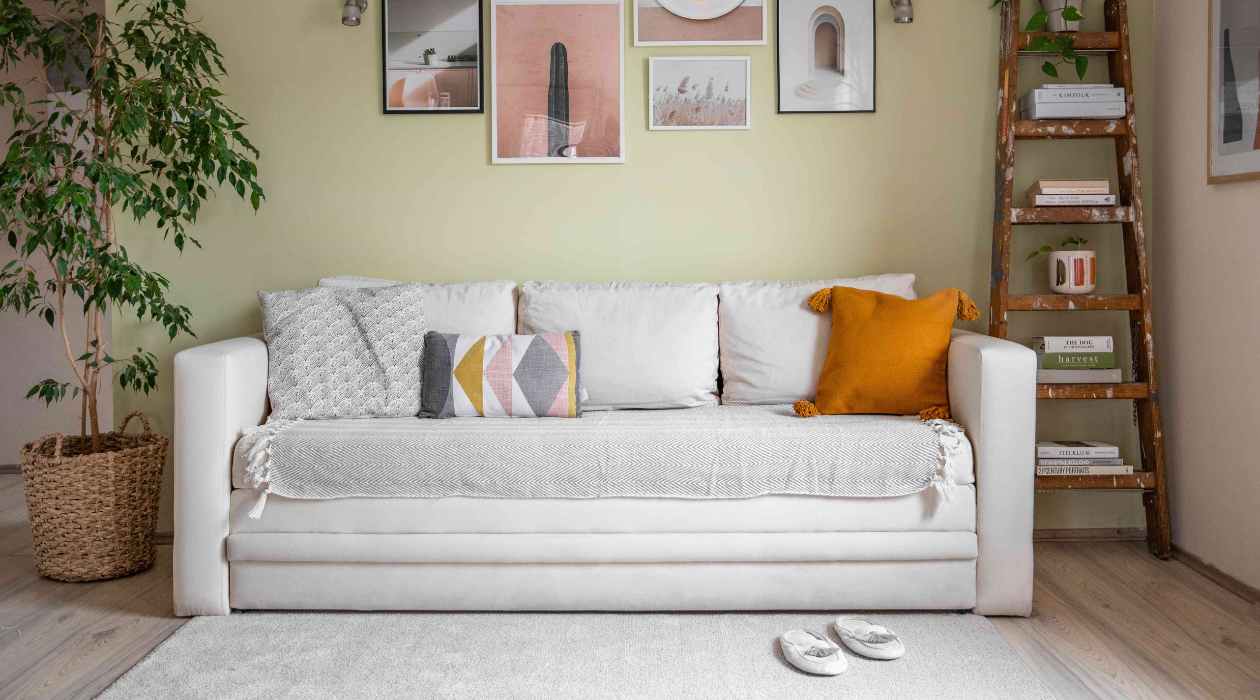
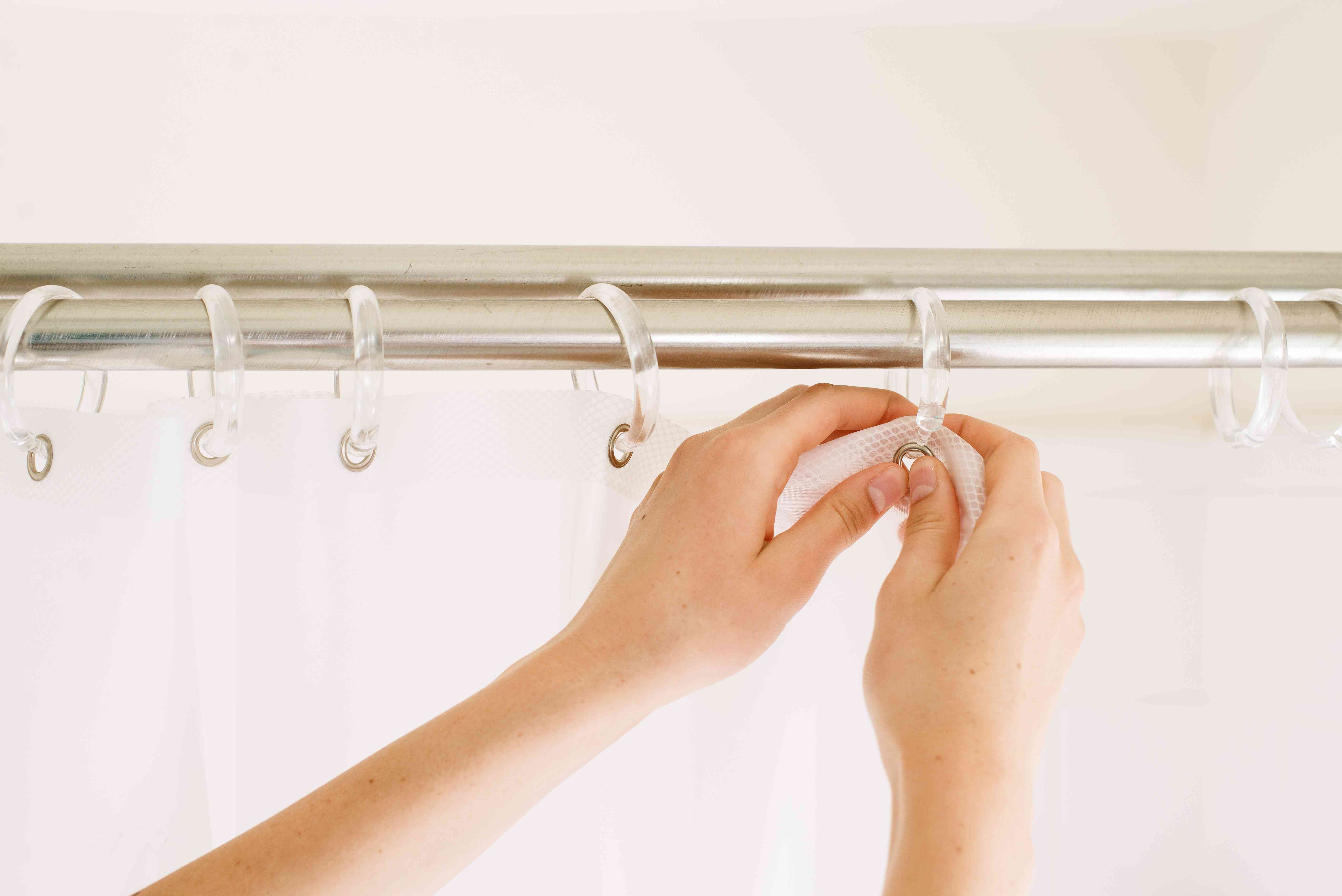

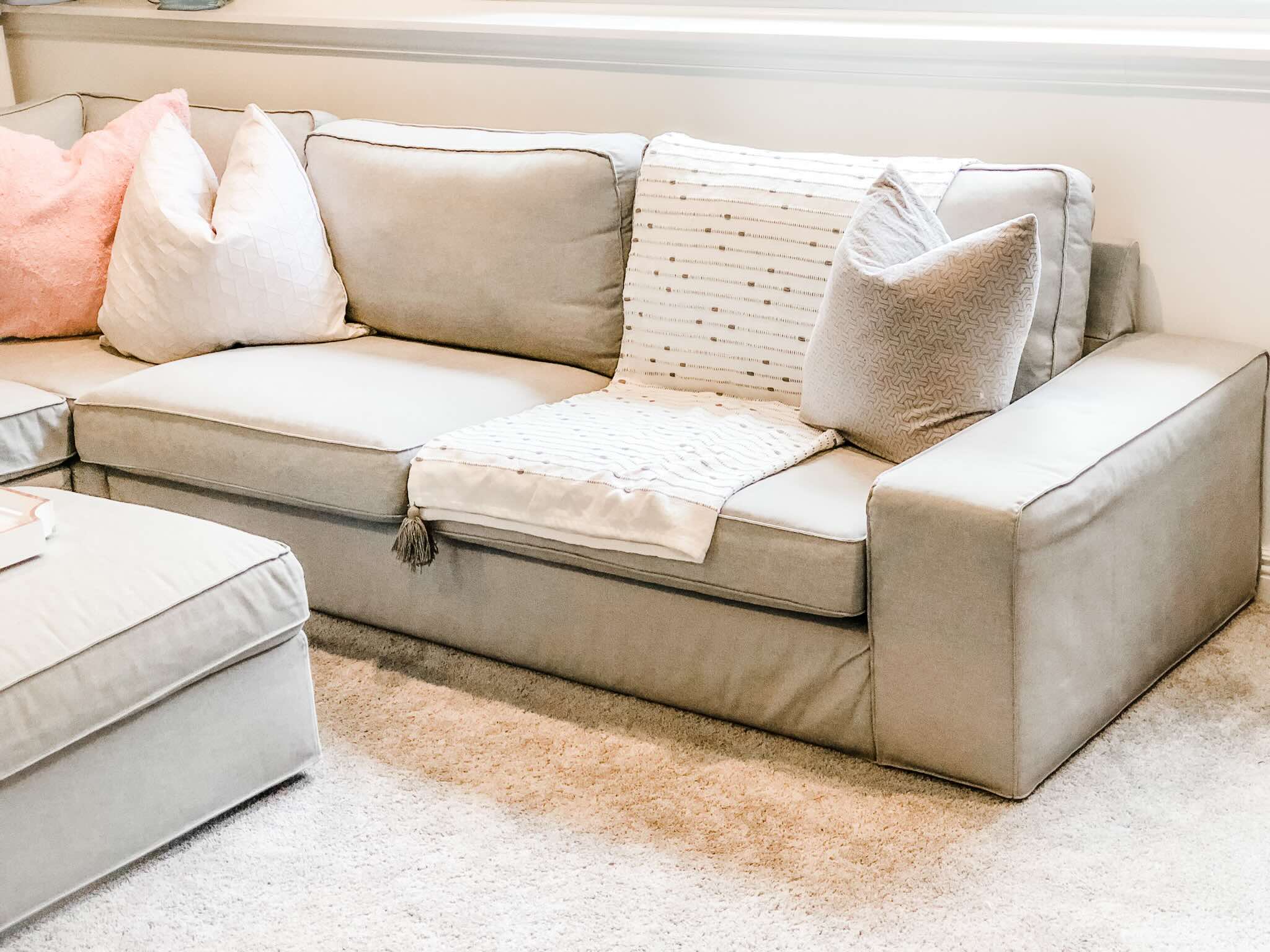
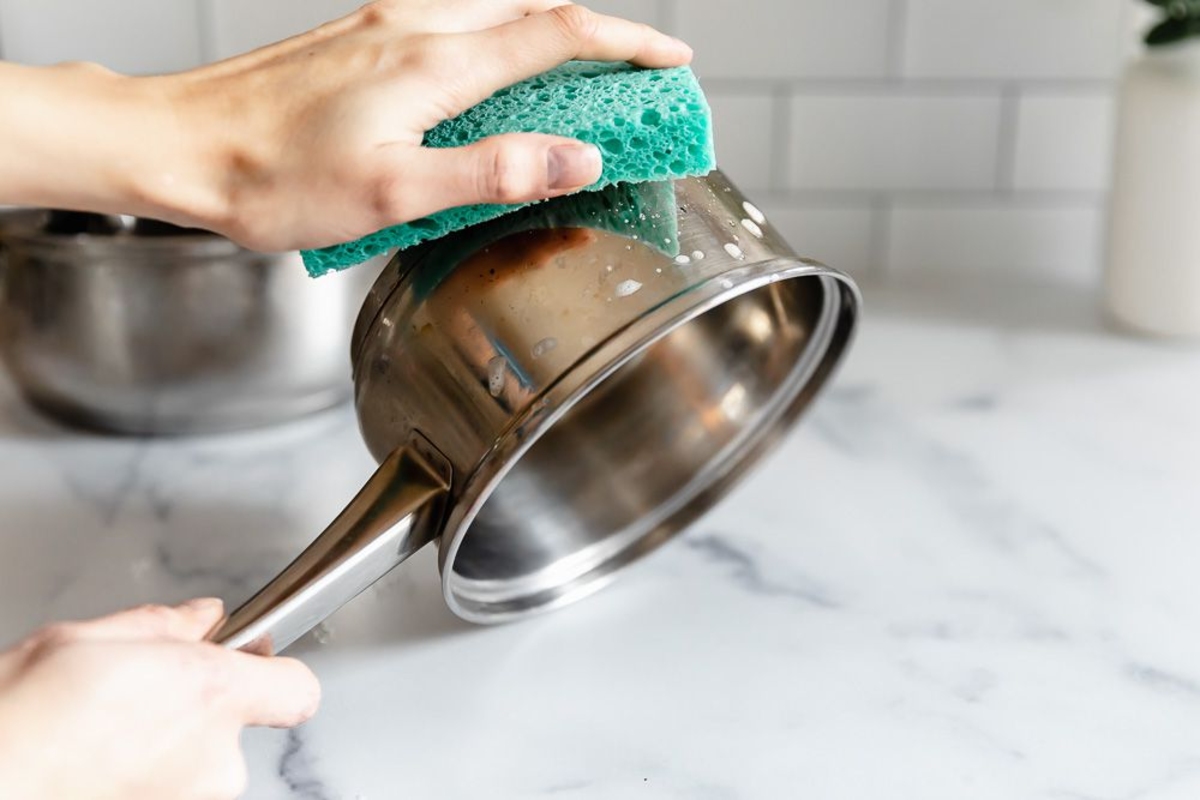
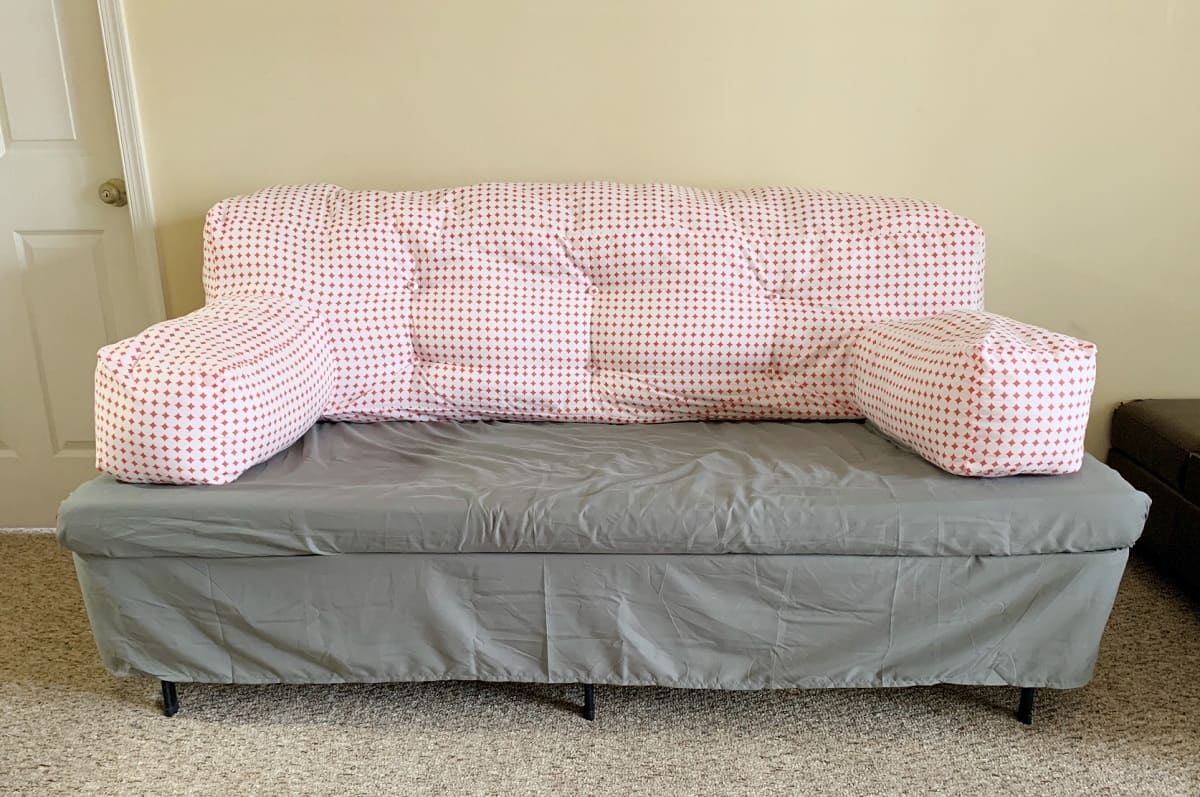

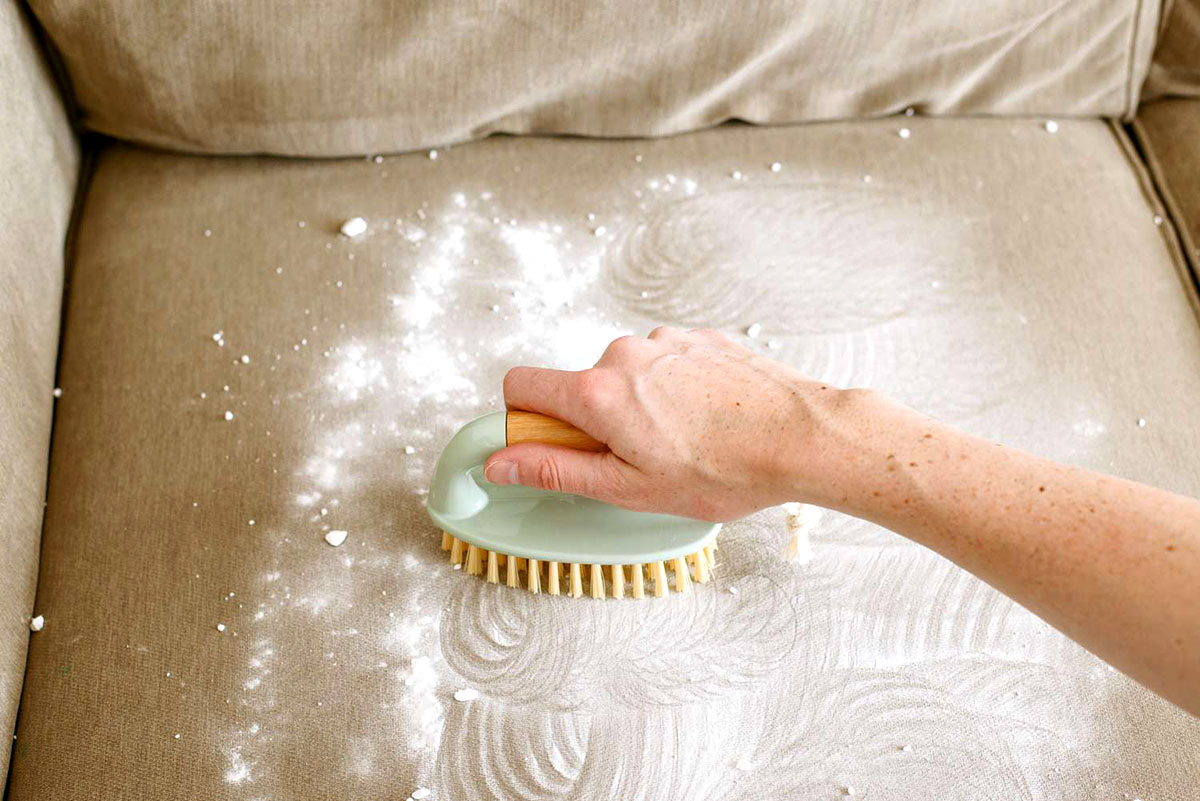
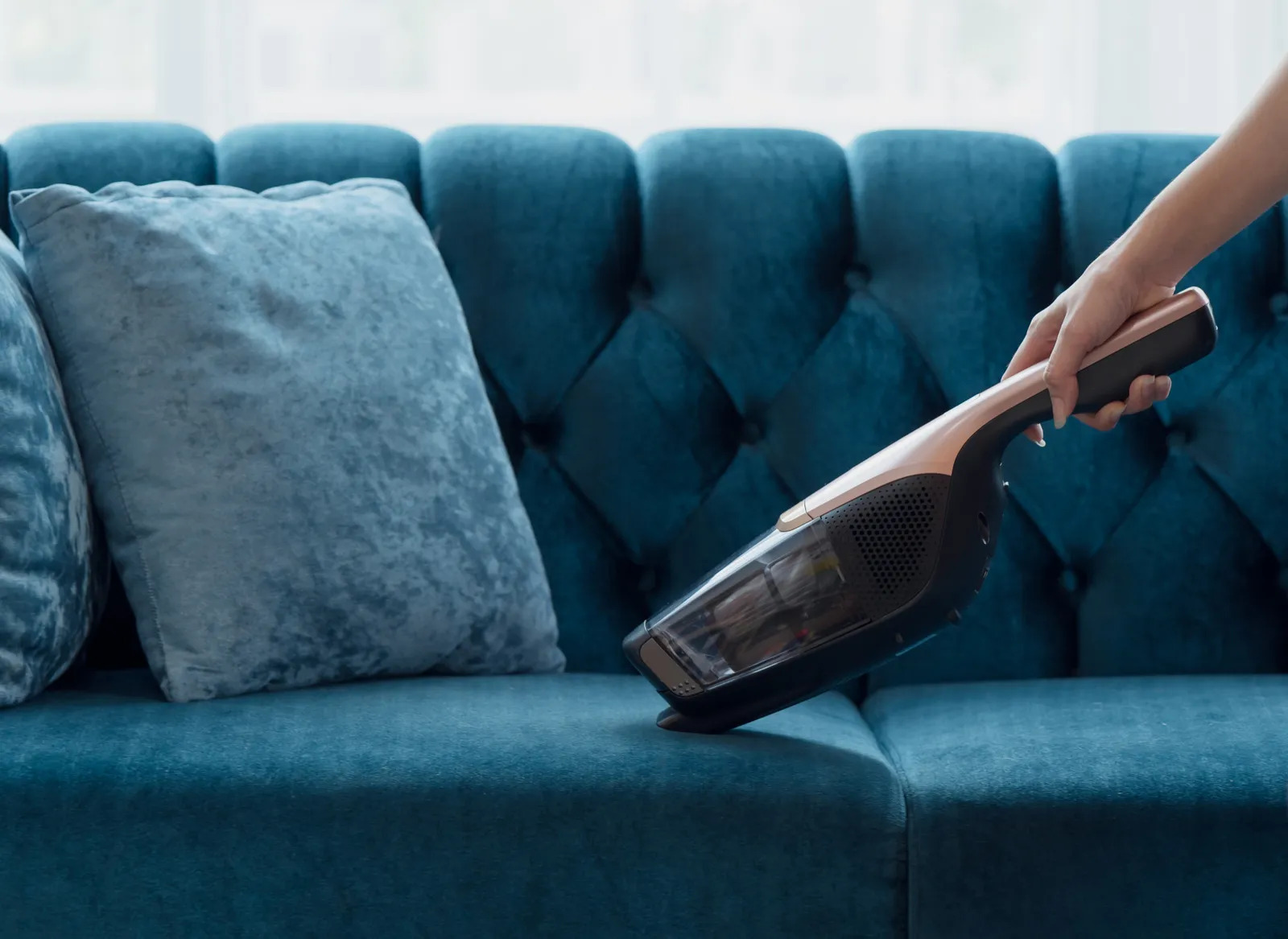
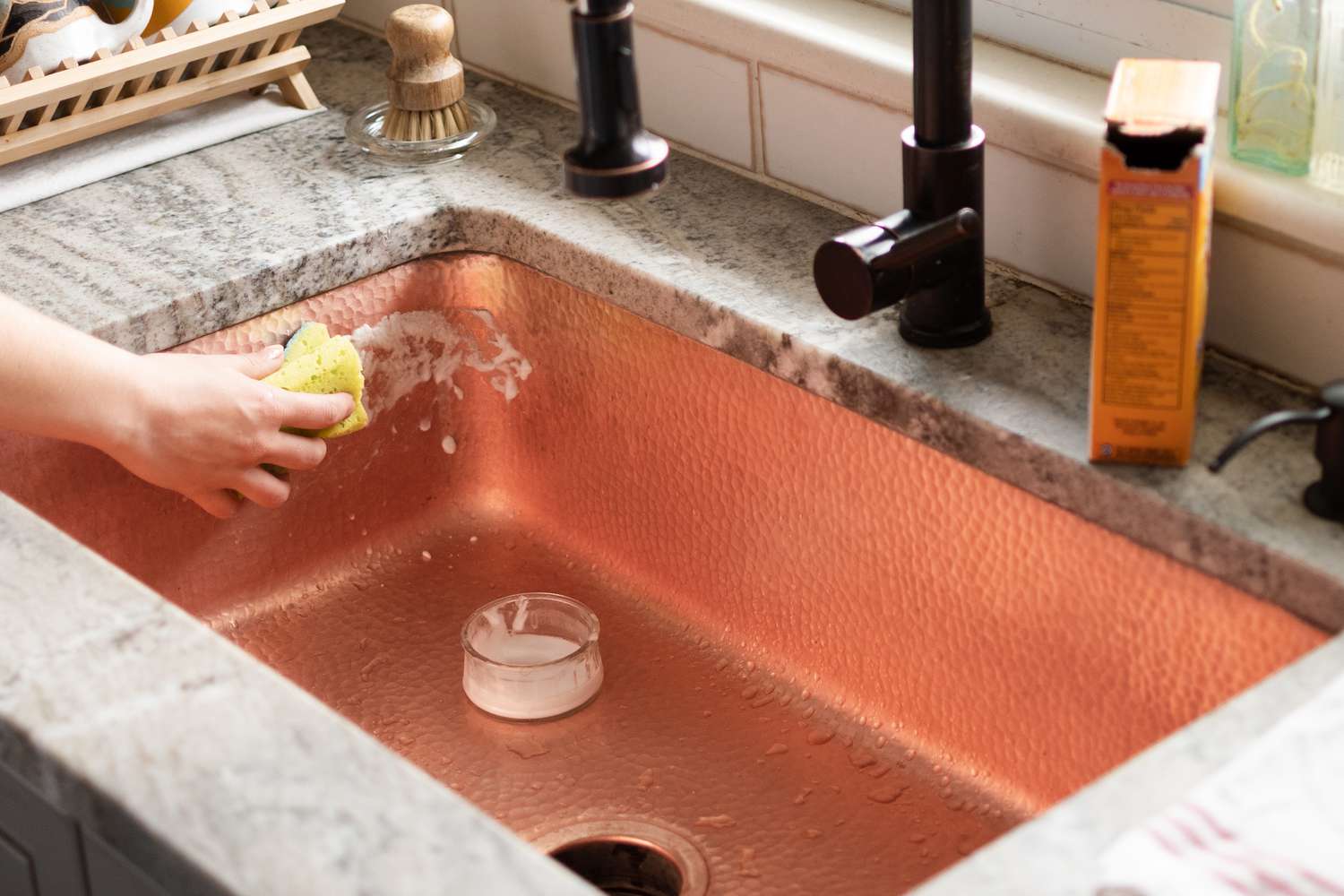

0 thoughts on “How To Clean A Couch And Keep It Looking Its Best”